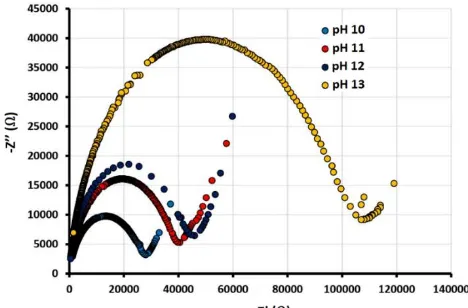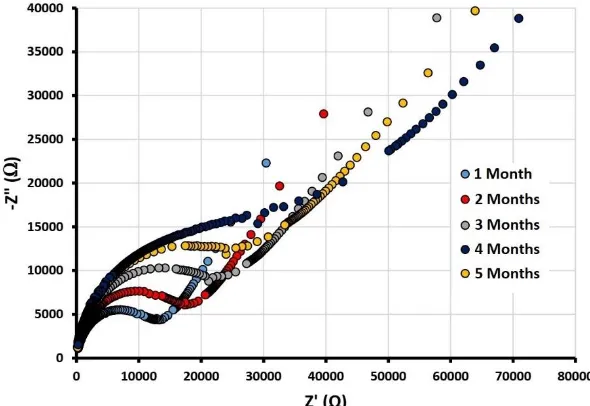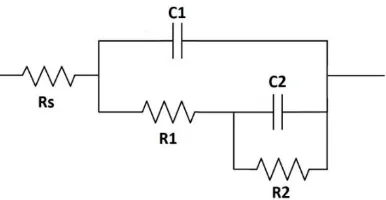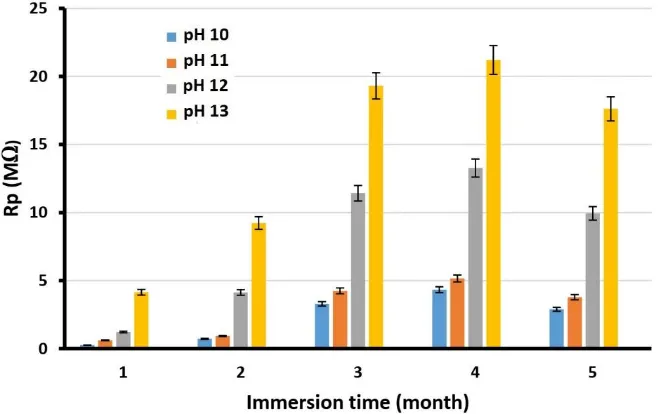Application of Electrochemical Impedance Spectroscopy to Evaluate the Corrosion Behavior of 2304 Duplex Stainless Steel Reinforced Rebar in Concrete Exposed in Chloride-Rich Environment
Full text
Figure




Related documents
La domanda di prodotti agricoli appare in continuo incremento, funzione della crescita della.. popolazione e del
In your planetarium software slew your mount to the object you would like to image, switch to Sequence and click on the button “Local Tracking” (light blue buttons to the left
object (e.g., a nebula or galaxy), AutoStar II first slews to a nearby bright star and displays "ENTER to Sync." Center the star in the eyepiece, then press ENTER.. At
After identifying the phases evolved due to the heat treatment experiment, four thermo-mechanical schedules were designed in order to study the hot de- formation behavior of
Along with positive immunological shifts in cell-bound and humoral links of immunity (prednisolone effects), renal function improved significantly: proteinuria decreased,
554 suggests that social support can help athletes to adjust to a life after sport.
In early gastric cancer, cathepsin D activates micro- lymph node metastasis [67], and studies have shown that human telomerase reverse transcriptase (hTERT) can
When grown in glycerol, the chimera-expressing cells showed a higher specific growth rate (Figure 6A), a lower oxygen consumption (Figure 6B) and increased ROS sensitivity

